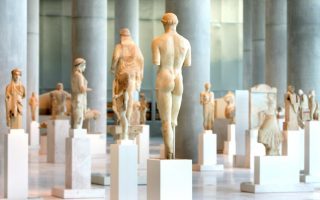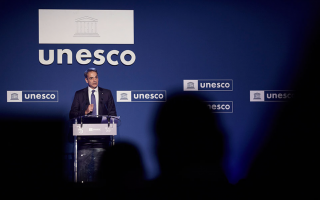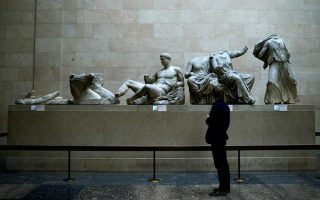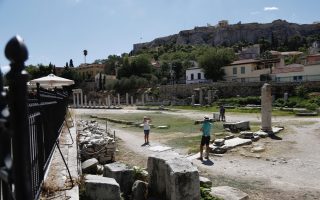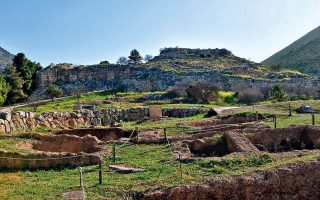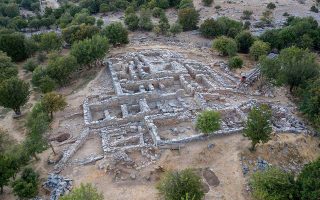More Parthenon marble fragments find home at the Acropolis Museum
Ten pieces of sculptural decoration were added to the artefacts on display in the Parthenon Gallery on Monday
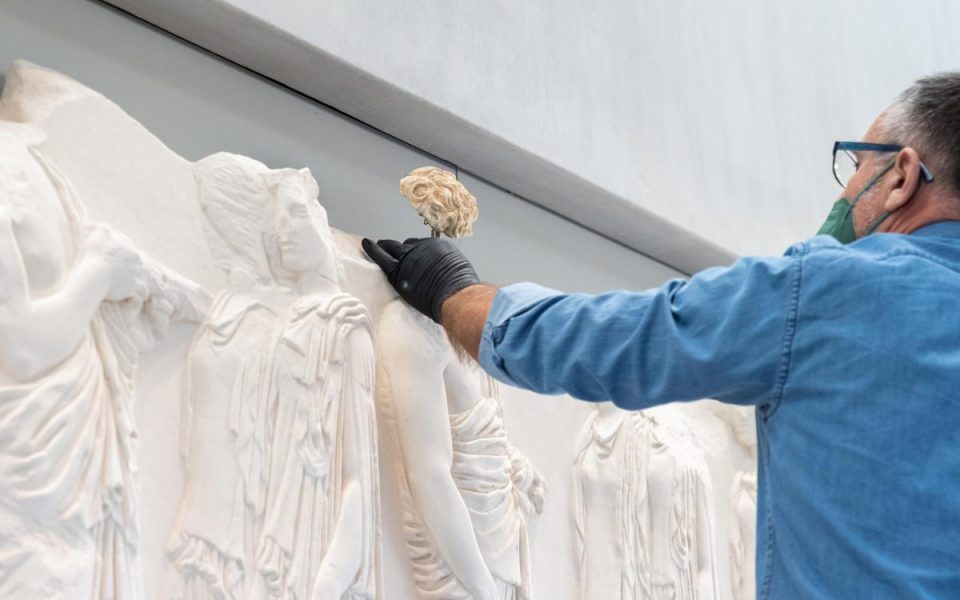
In what can be seen as a symbolic act supporting the campaign for the return of the Parthenon sculptures, fragments were transferred from the National Archaeological Museum to the Acropolis Museum on Monday, following a request made by the Acropolis Museum General Director.
The campaign for the return of the marbles currently kept abroad, mainly in the British Museum in London, has been at the center of attention lately, with many foreign media arguing in favor of their repatriation. A main argument for their return is that they would be displayed at the Acropolis Museum, where most of the rest of the sculptures and other artefacts from the Acropolis hill are united in light-filled galleries looking up at the ancient citadel through glass walls. Here, in the Parthenon Gallery, which has been designed to mirror the layout of the Parthenon, the artwork that once adorned the majestic temple dedicated to the Goddess Athena are displayed as they once were around the temple (although lower, closer to eye level, as they were originally placed around the top of the Parthenon for gods, not humans, to admire).
On Monday, ten more fragments of the sculptural decoration of the Parthenon, which had previously been kept in the warehouse of the National Archaeological Museum, were put on display in the impressive gallery. The fragments are parts of human figures from the eastern and southern frieze of the Parthenon and its northern metopes, and parts of a head from the northern frieze, and were originally located, identified and documented by the late archaeologist and researcher of ancient Greek sculpture, Giorgos Despinis, a press release from the Acropolis Museum stated.
“Two head fragments already found their place in the frieze. The first one, the upper part of a youth’s head, comes from the east frieze. It connects to the second from the left figure of a parade marshal of the Panathenaic procession, who is depicted on block VII. This fragment is the only authentic fragment of the block VII of the east frieze, as the rest of the block is kept in the Louvre Museum in Paris. The second head is attributed to the first from the left figure of a thallophoros (branch-bearer) of the Panathenaic procession, who is depicted on block IX of the north frieze,” the museum reported. The remaining fragments have been placed in a showcase in the gallery, where they can be viewed by visitors, until they can be studied and evaluated for different placements.
An event marking the occasion was attended by Greek Prime Minister Kyriakos Mitsotakis, Minister of Culture Lina Mendoni, President of the Board of Directors of the Acropolis Museum, Professor Dimitris Pandermalis, Director of the National Archaeological Museum Anna Karapanagiotou, and the General Director of the Acropolis Museum, Professor Nikos Stampolidis.
This article first appeared in Greece Is (www.greece-is.com), a Kathimerini publishing initiative.
